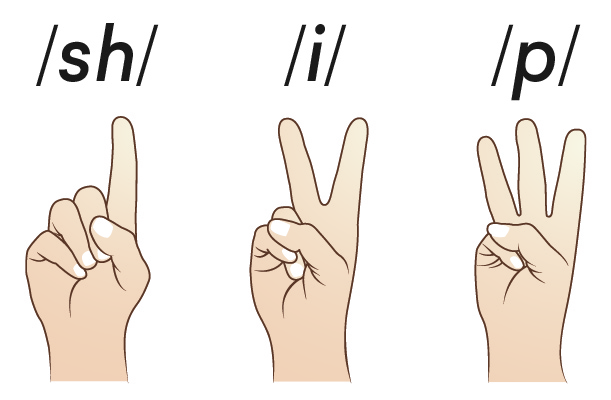Articles & Videos
Segmenting practice (for teachers)
Categories
Subscribe to our newsletters
Receive teaching resources and tips, exclusive special offers, useful product information and more!
Segmenting practice (for teachers)
Sound Waves Literacy 22/5/19

Segmenting is a key component of teaching spelling and it’s a skill you work on with your students time and again. But have you ever practised segmenting with your colleagues?
Practising with other teachers ensures you’re all on the same page when it comes to segmenting (which is especially beneficial for any new staff members). It also allows you to share best practice and classroom experiences, such as how to answer curly questions that students ask during Sound Waves Literacy lessons.
To help you run your segmenting practice session, we’ve put together a segmenting practice pack. This pack includes a segmenting activity, answers, and explanations for how to segment tricky words. Use it to facilitate a whole-staff review of segmenting, in small sessions for teachers new to Sound Waves Literacy, or simply as a stimulus for discussion for teachers with segmenting questions.
The activity consists of 6 sets of words of increasing difficulty. Each word needs to be segmented both orally and in writing. Before you get started, let’s refresh how these two segmenting skills work.
Oral segmenting
To segment a word orally:
Say the word out loud, slowly and naturally. For example, ship.
Segment the word into its individual sounds (phonemes) holding up a finger for each sound.
For example, /sh/**i**/p/ – 1, 2, 3 fingers.

Written segmenting
After segmenting a spoken word into its individual phonemes, you need to assign the correct grapheme (letter/s) to represent each phoneme in writing.
For example:

Ready to start practising?
Print our free segmenting practice pack and have fun discussing tricky words and perfecting your skills with your colleagues!
Tip! If you or your colleagues are new to Sound Waves Literacy, read our Sound Waves: Key Terms before getting started. This document includes a range of essential terms you’ll come across when teaching synthetic phonics.
Want more?
Contact your local education consultant to discuss complimentary PD options for your school.